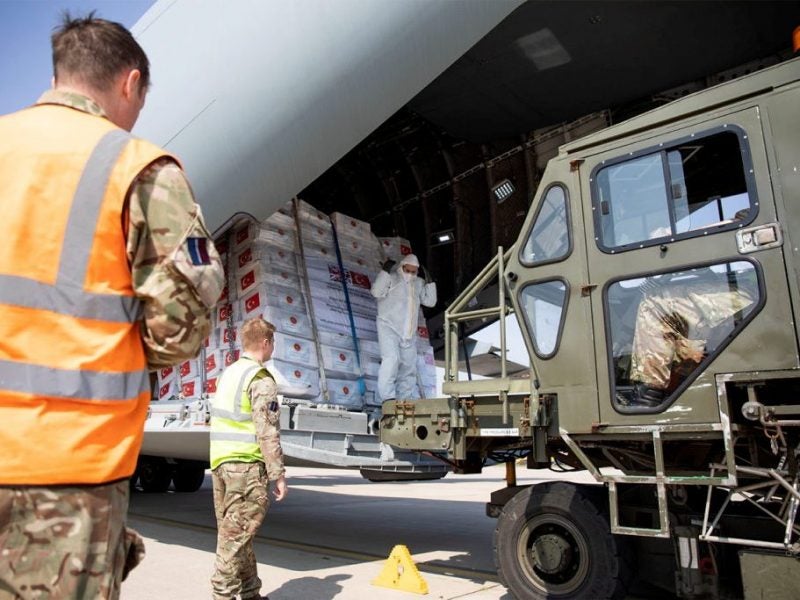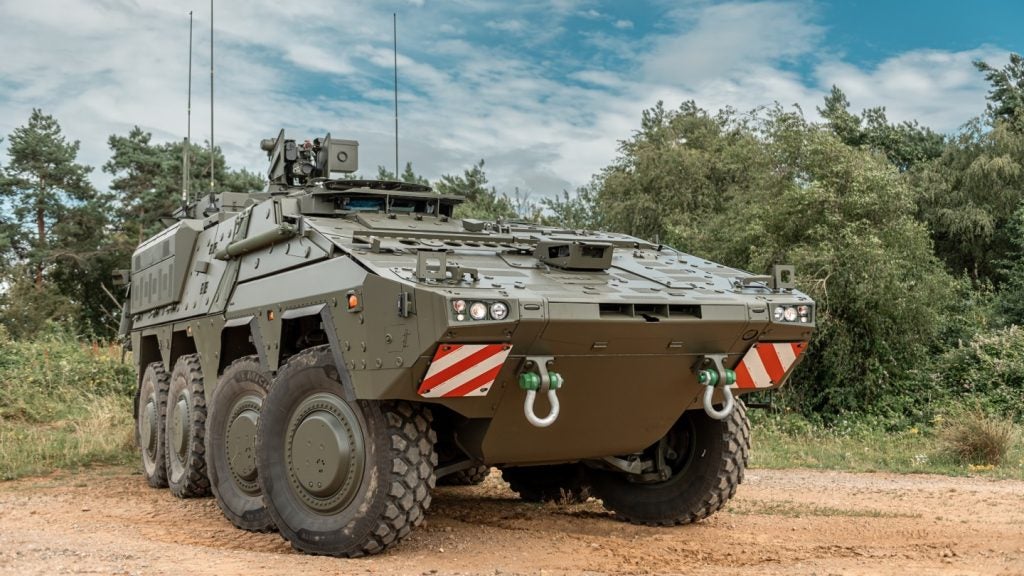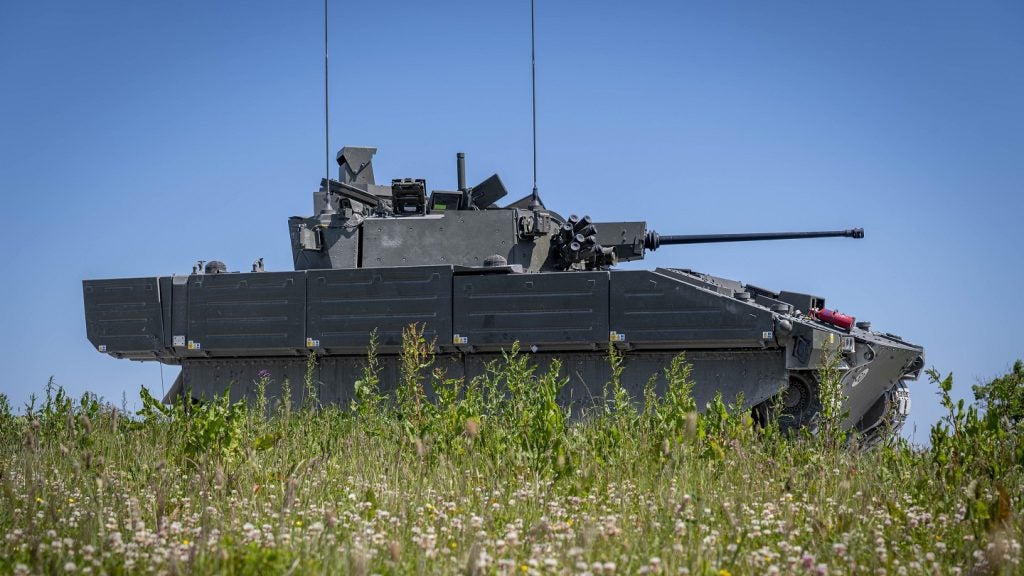
A key feature of countries’ responses to the Covid-19 coronavirus pandemic has been the mobilisation of their armed forces to assist in the response. Since the virus first emerged in Wuhan, China, the People’s Liberation Army (PLA) played a crucial role in the response.
This pattern has repeated across the rest of the world, with the UK Armed Forces placing 20,000 personnel on high readiness and spearheading the UK’s logistic response to the virus, transporting personal protective equipment (PPE) and oxygen and assembling temporary hospitals to boost the capacity of the NHS to respond.
Slovakia-based global think tank Globsec told Army Technology that the effects of the pandemic on armed forces will be long-lasting and could shift the way the countries handle defence procurement for decades to come.
The immediate and future effects
Globsec Policy Institute director Alena Kudzko told Army Technology: “The pandemic has forced many countries to mobilise their Armed Forces to assist with coronavirus response. This is also often accompanied by the scaling back of overseas operations. The health of armed forces staff and the risk of them spreading the virus when deployed to address coronavirus is of immediate concern.”
Militaries must balance the need to maintain deployments, provide logistic support, and keep personnel safe. This struggle came to a head dramatically on the USS Theodore Roosevelt. The debate around how to respond to a Covid-19 outbreak onboard ended in the firing of its commanding officer and the resignation of the acting secretary of the US Navy. Since then, a crew member from the ship has been confirmed to have passed away with coronavirus.
Kudzko said: “Military personnel make up a vulnerable group due to the proximity in which the staff live and operate. Like other sectors of society, the armed forces have to adjust their routines by introducing social distancing when possible, isolating infected staff, and enhancing protection measures. Having to account for these new needs and realities, the military in some countries might face challenges with maintaining their readiness and operational capability.”
How well do you really know your competitors?
Access the most comprehensive Company Profiles on the market, powered by GlobalData. Save hours of research. Gain competitive edge.

Thank you!
Your download email will arrive shortly
Not ready to buy yet? Download a free sample
We are confident about the unique quality of our Company Profiles. However, we want you to make the most beneficial decision for your business, so we offer a free sample that you can download by submitting the below form
By GlobalDataLike many other countries’ armed forces, the US Military has taken a crucial role in the US response to the pandemic as it has progressed. When the virus first emerged, the US Air Force supported repatriation flights and managed quarantine facilities and has steadily stepped up its response over time. The US Navy has since dispatched hospital ships USNS Mercy and USNS Comfort to Los Angeles and New York respectively. Since deployment to Los Angeles, USNS Mercy has reported seven cases of coronavirus among its crew.
Kudzko explained that the current Covid-19 outbreak poses an economic crisis alongside a healthcare crisis, both of which will have deep repercussions for the armed forces, particularly on a budgetary front.
Kudzko said: “The economic crisis triggered by the pandemic will also engender consequences on the overall availability of resources and the priorities to which these more limited resources will be allocated. Defence budgets will likely shrink and the armed forces and defence procurement will be lower on the list on priorities.”
Analysis by GlobalData found that at current projections of the UK’s future GDP, the armed forces could lose out on at least £1.5bn next year when compared to pre-Covid-19 GDP forecasts. By 2024, GlobalData found that this gap between pre-coronavirus estimates and the current estimate could increase to £5.6bn.
Kudzko explained: “The defence industry is further at risk of being disrupted by lockdown measures and interruptions to supply and delivery chains. With economies shut down, production has become unpredictable. Not all smaller businesses, particularly specialised ones, will survive the crisis and the suspension of economic activities that have come with it.”
This, in turn, could lead to a change in the way countries look at manufacturing, especially when it comes to key industries linked to national security. Even before the crisis, US officials had warned of reliance on foreign components in defence supply chains. With shutdowns across the world being implemented, just-in-time supply lines have been particularly affected.
Kudzko said: “The increased realisation of the need to localise key national security industries will lead to further rethinking and readjustment of production chains. Moreover, there is already discussion underway on how to prevent the acquisition, by foreign powers or malign actors, of financially afflicted companies that are critical to national security.”
What does it mean for the future of armed forces?
For decades militaries have played a critical role in responding to natural disasters. However, the scale of the Covid-19 pandemic and the massive scope of the response has shown how militaries are versatile tools for governments.
In the UK, the Royal Air Force (RAF) and Royal Navy have retooled their aircraft to operate as air ambulances in remote regions and are using transport aircraft to move vital supplies around the UK. The British Army has taken a hands-on approach in the response assembling temporary hospitals, transporting vital supplies across the country. The military has also sent crisis planners to assist UK local authorities in planning responses to the spread of the virus.
Kudzko explained: “Armed forces in many countries have been mobilised to assist with coronavirus responses – organising the evacuation of citizens from abroad, assisting with border controls,
patrolling and sanitising streets, building and manning hospitals, supporting logistics and distribution of equipment and equipment.”
This shift from overseas operations to visible home defence and more localised operations will likely continue.
Kudzko added: “This is likely to be a model that will be used and further expanded on for any future health crises. Militaries will be expected to assist in bio-events with ‘total defence’ concepts moving to the centre of the defence planning in many countries. But more broadly, the understanding of what constitutes national security and what role the military should play in it will shift. Health risks and societal resilience will rise on the agenda and expand the scope of national security.”
“This will trigger the readjustment of militaries that were designed to provide security and originally conceptualised in the framework of great power competition or terrorism concerns.”






